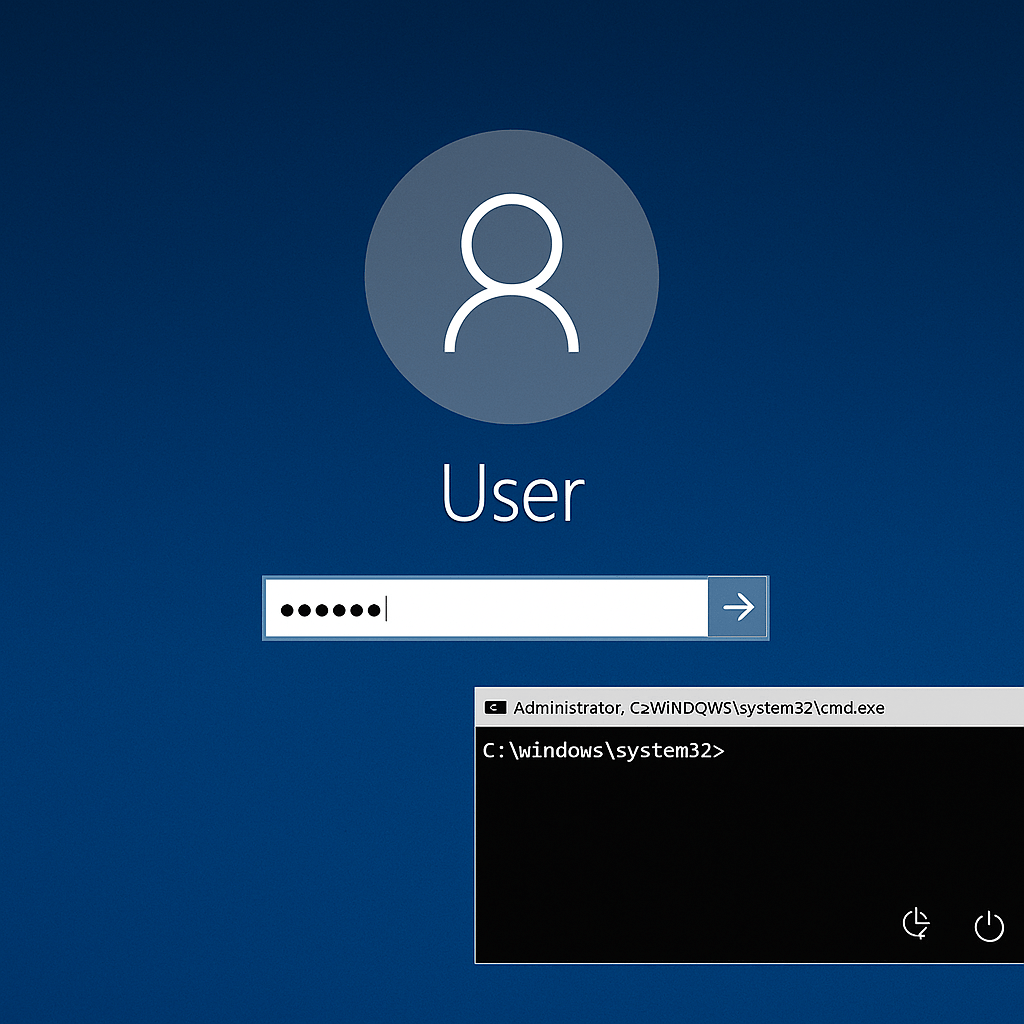Cybersecurity has developed into more than a simple firewall and antivirus software.
Nowadays, most companies have dedicated IT teams and analysts to keep their assets safe.
However, managing security can be challenging even for professionals, due to the continually growing and changing attack surface.
Heavy workloads and numerous alerts leave understaffed teams stressed and overwhelmed and can result in them overlooking a major flaw in the system.
To combat that issue, companies have developed tools that automatically track frequent changes within the security posture and assess whether they point to malicious activity. That technology is called attack surface management.
What is the role of attack surface management, and what changed and made this approach to cybersecurity essential nowadays for small businesses and corporations alike?
What Is Attack Surface Management?
Attack surface management (ASM) is the tool that uses artificial intelligence to scan the external and internal infrastructure to find the signs of exposed assets and hacking attempts.
Within the internal infrastructure, it might test security teams with automated red teaming or seek signs of compromised credentials.
External attack surface, on the other hand, is all about discovering whether corporate data or sensitive information (such as passwords) have been leaked on the internet.
Discover, Analyze, and Report
Every AMS is going to be calibrated differently to seek flaws within the context of a specific company, but it always follows three steps that include discovery, analysis of results, and sending generated reports to teams.
ASM is running in the background and performing the three main tasks 24/7.
The first is scanning the internet (external attack surface) and the internal network for any signs of suspicious activity or leaked and compromised company assets.
The second step is to analyze the findings — compare the attack surface with its prior state and determine whether the flaws can escalate into an incident.
The third step is to update the dashboard for the IT teams to notify them of any high-risk attacks, without overwhelming them with continuous alerts.
The generated report is written and organized in a way that’s easy to understand, and it offers actionable advice for the team — such as suggested patches they can apply to improve the security.
These three steps are continually repeated and updated to match the latest findings that are described in the MITRE ATT&CK Framework.
Attack Surface Management is Getting More Challenging
Continual management of both internal and external attack surfaces has become a necessity because:
- The number of cyberattacks has been increasing
- The infrastructures of businesses have become more complex than ever
- Threats are getting more sophisticated and damaging
Let’s break down what caused the rise of cyber threats and how can attack surface management help companies operate their security.
Rise of Cyber Crime
The fundamental changes in the cyber world that had made it challenging to keep up with the growing attack surfaces include:
- Automation of cyberattacks
- Approachable hacking
- Adjusting to remote work
Considering that hackers can use automation, this means that they don’t have to target a single device or organization for a successful hack.
Instead, they can run the code or send many phishing emails to anyone they can reach — until they get to a person who lacks cyber defenses.
Automation also means that instructions on how to perform an attack and the code that criminals could run are available online. This opens up the opportunity for people with little to no hacking knowledge to run the code and start an automated attack.
What’s more, cybercrime has become a very lucrative business. Malware and attacks have been offered as a service on the dark web and can be purchased by competitors.
Remote work also contributed to the rise of attacks. Companies had to adjust to new systems that enabled them to connect to their teams remotely or build infrastructure that adjusted to the new shift.
Defending Intricate Infrastructures
Many companies have decided to keep remote work or create hybrid solutions that combine telecommuting with occasional on-premise work.
They continued to add new systems, software, and complex structures such as multi-cloud environments and employed more workers within their growing enterprises.
The complexity of the current structure creates a challenge for cyber teams because there are more protocols and possible vulnerabilities that have to be patched up for different services.
ASM provides a bird’s eye view of the assets of a company and facilitates identifying which part of the infrastructure might be vulnerable.
Advanced Hacking Threats
Tools such as ASM automate scouring the web for vulnerabilities and free up some time for teams to focus on the advanced threats.
The key difference is that behind more sophisticated threats are humans. They might be hackers that have been monitoring and searching for the vulnerability for months.
Since mitigation of known threats is automated and detailed reports can separate high-risk and lower-risk flaws, teams can focus on remediation of advanced attacks.
Fixing a Major Gap in Security With ASM
Traditional cybersecurity tools that protect companies rely on defense. A firewall or antivirus is installed, and it waits until known malicious code tries to enter the network.
However, this can lead to a major flaw in security. Hackers start searching for vulnerabilities to exploit with a simple google search. They may find leaked assets without even visiting hacking forums and the dark web.
The ASM tool actively seeks possible vulnerabilities that could lead to social engineering attacks such as phishing or lead to misuse of stolen credentials from data dumps.
The goal of the attack surface management is to discover any asset that could be used for the cyberattack. That is, fixing flaws before hackers get to exploit them.
It’s important to discover them early (before threat actors do) to mitigate the threat and strengthen the security in advance.

Working as a cyber security solutions architect, Alisa focuses on application and network security. Before joining us she held a cyber security researcher positions within a variety of cyber security start-ups. She also experience in different industry domains like finance, healthcare and consumer products.











